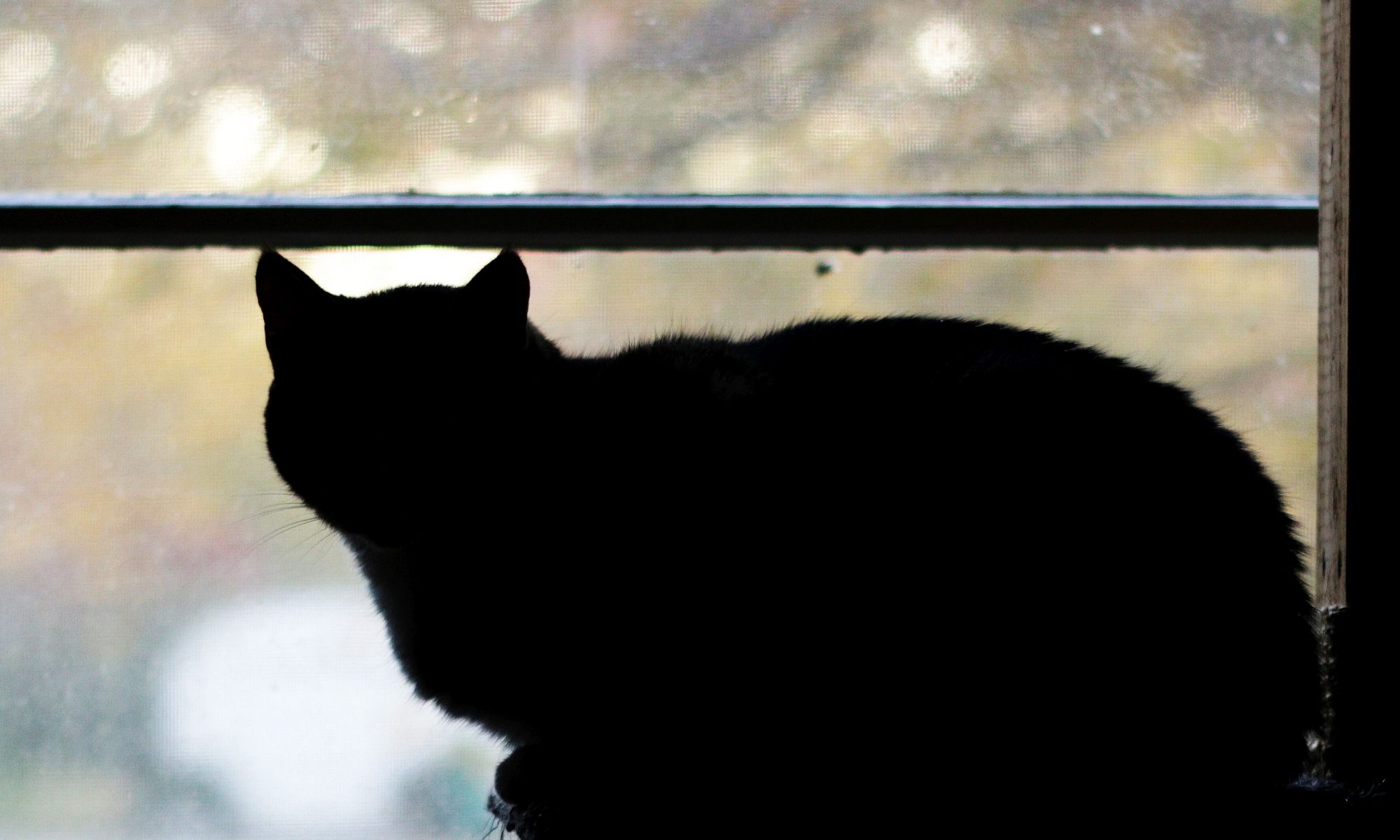In a YouTube comment chain, there was a lively discussion about auto-focus on mirrorless cameras in which I suggested that anyone needing good auto-focus would be better off using a real camcorder than a camera in the “stills camera” style of a DSLR or mirrorless camera. I wrote the following in response to the question “why do most vloggers use mirrorless cameras then? I have never seen a vlogger with a camcorder. My [Panasonic] G7 has actually been serving me very well, partly because I don’t know much about video.”
Why do so many coffee drinkers buy Starbucks? Why do so many editors use Apple computers to run Premiere when PCs are objectively a better value and have much lower total cost of ownership? Ever since the Canon 5D Mark II made inroads into Hollywood (which, incidentally, is why Technicolor CineStyle exists and why normies shouldn’t touch CineStyle) it has been fashionable to buy a Canon DSLR and use it as a video camera. When mirrorless cameras came out, they simply offered a metric ton more advanced features than Canon cams at the same price point because Canon artificially segments their camera market by literally turning off features in software on cheaper cameras (my old T1i got focus peaking with Magic Lantern, for example).
The Panasonic GH4 was the first mirrorless camera with 4K and it was way cheaper than Canon’s full-frame lineup which had no 4K but still had lots of momentum, so we saw a lot of people jump ship to Panasonic’s GH4 for the cheap 4K with interchangeable lenses. No one cared about Sony mirrorless cameras until they came out with the first mass-market full-frame mirrorless bodies, which somehow magically made their cheap mirrorless cameras seem amazing by pure name association; everyone ignored Sony’s garbage highlight rolloff and heavy video noise reduction that kills most of the fine detail in your shots.
Mirrorless cameras are a trend and the sheep follow the trend. Full-frame mirrorless across the major manufacturers that aren’t Sony was an inevitable trend too, and people are starting the trend, flocking largely to the EOS R system for full-frame mirrorless video. What’s the EOS R system, really? Well, it’s a 5D Mark IV designed with the flange distance of a mirrorless lens system rather than that of a standard DSLR lens system. They had a neat idea to add a general-purpose on-lens electronic control ring to the EOS R system which was very smart, but other than that, it’s ultimately nothing more than a repackaged 5D Mark IV core, and it’s crippled to avoid cannibalizing the market served by the very expensive Canon C-series digital cine camera line. People would get far more features and value out of Panasonic’s FF mirrorless system just as they did with Panasonic’s MFT cameras, but…Canon’s a big name, Canon’s still got 5D Mark II momentum, and Canon announced a little earlier, so the sheep continue to follow the trend.
Smaller sensors and camcorder ergonomics are extremely useful. Small sensors require smaller, lighter optics. Small sensors have a much larger depth of field which means you can’t easily shoot a bokehlicious shot like on a big camera, but you will rarely (if ever) miss focus. Backgrounds are important and DSLR shooters tend to blow the backgrounds too far out of focus chasing that “film look” shallow DOF that usually doesn’t look as cool as they think it does; camcorders don’t do that, so you don’t have to worry about the context provided by the background being lost (if you’re walking around in a city, don’t you want people to see more than just your face and a blur of mush around it?) Small sensors are much easier to stabilize because they’re lighter. They don’t overheat easily. They use a lot less power and their rolling shutter (aka “jello”) tends to be far less pronounced. Because camcorders are sealed optical systems that’ll never be changed, the glass inside all but the cheapest ones tend to be very high in quality.
Camcorder ergonomics are a big deal because they’re designed explicitly for video first. You can comfortable hold a camcorder at the height of your neck for a long time thanks to the right hand strap and the way it conforms to your hand when your arm is locked upright, but you’ll have a pretty hard time doing the same with the grip style of a photo camera. That’s why so many people end up buying handles and grips and cages for stills cameras used for video, which constitutes an added expense and an imperfect solution. Camcorders have a zoom lever at your gripping hand’s fingertips; all stills cameras have those controls as rings on lenses and you’ll have a very hard time zooming on a non-rigged stills camera without wobbling the shot, never mind that it’s hard to move non-electronic lens rings both slowly AND with a fluid motion at the same time.
Camcorders also have a unique advantage when you want to use remote control: if I use my Panasonic G7 in the Panasonic app, I can control the camera and the aperture and focus in the lens, but I can’t control the zoom on the lens at all. There are expensive remote lens servo systems that can do this but again, that’s an added cost over just getting a camcorder instead. The same Panasonic app connected to my Panasonic VX870 4K camcorder can control the zoom remotely. I have actually used this; I mounted the VX870 on top of the floating ceiling of a bar area in a restaurant to point it down at both the dance floor and stage. I needed to change the shot to be closer during the show because it was too wide, but I couldn’t get the 12 foot ladder back out during the show. The remote app let me punch in further and tighten up the shot from the ground, greatly improving the footage.
I’d also like to point out that both action cameras and gimbal+camera all-in-one units like those made by DJI are camcorders, not stills cameras, and are used by quite a few vloggers. I’d also point out that many other people just use a flagship phone on a stick because they already have a fancy phone with a fancy internal camera in their pocket. Sometimes the camera choice just doesn’t matter that much and it’s all about what you can do with what you already have.

